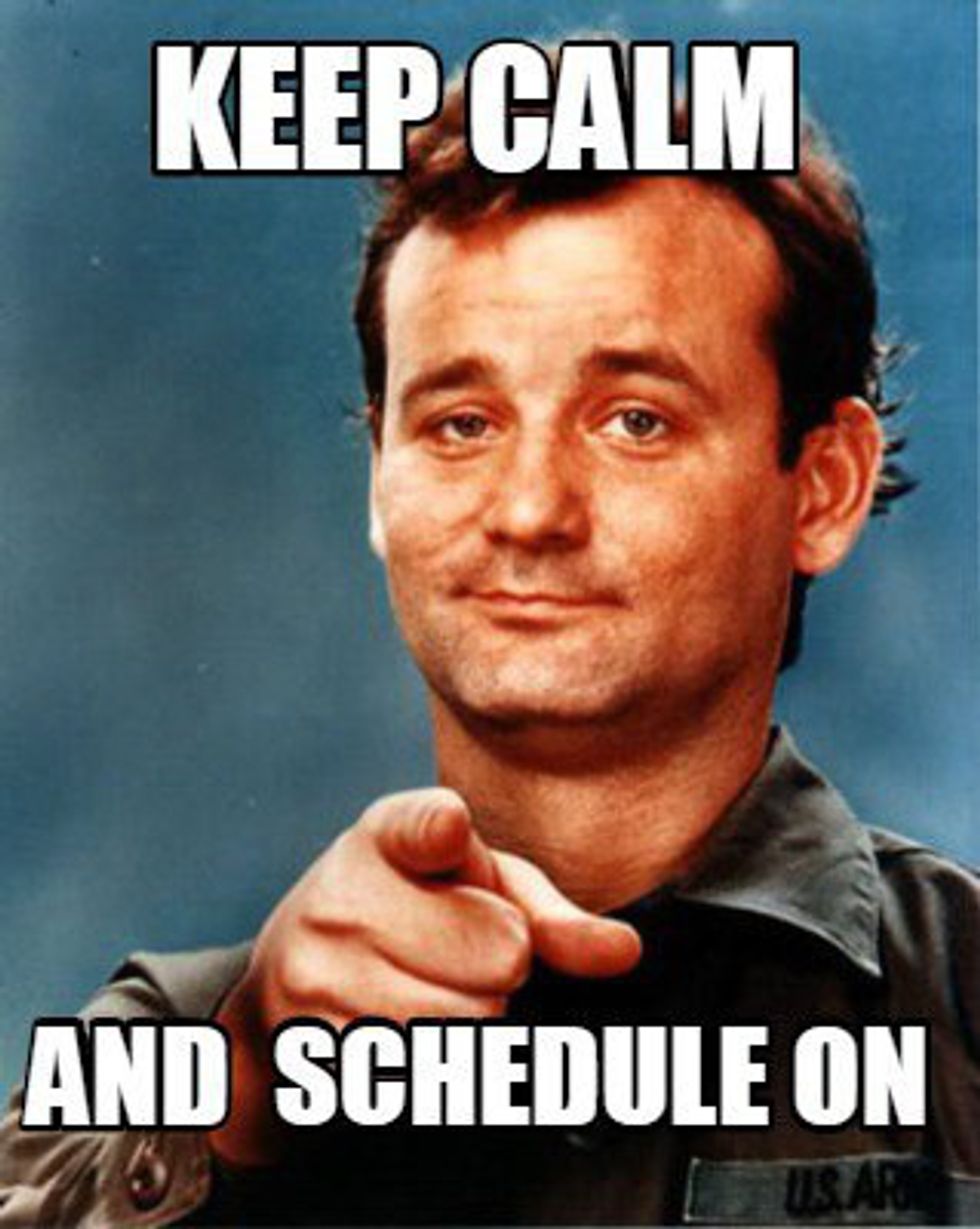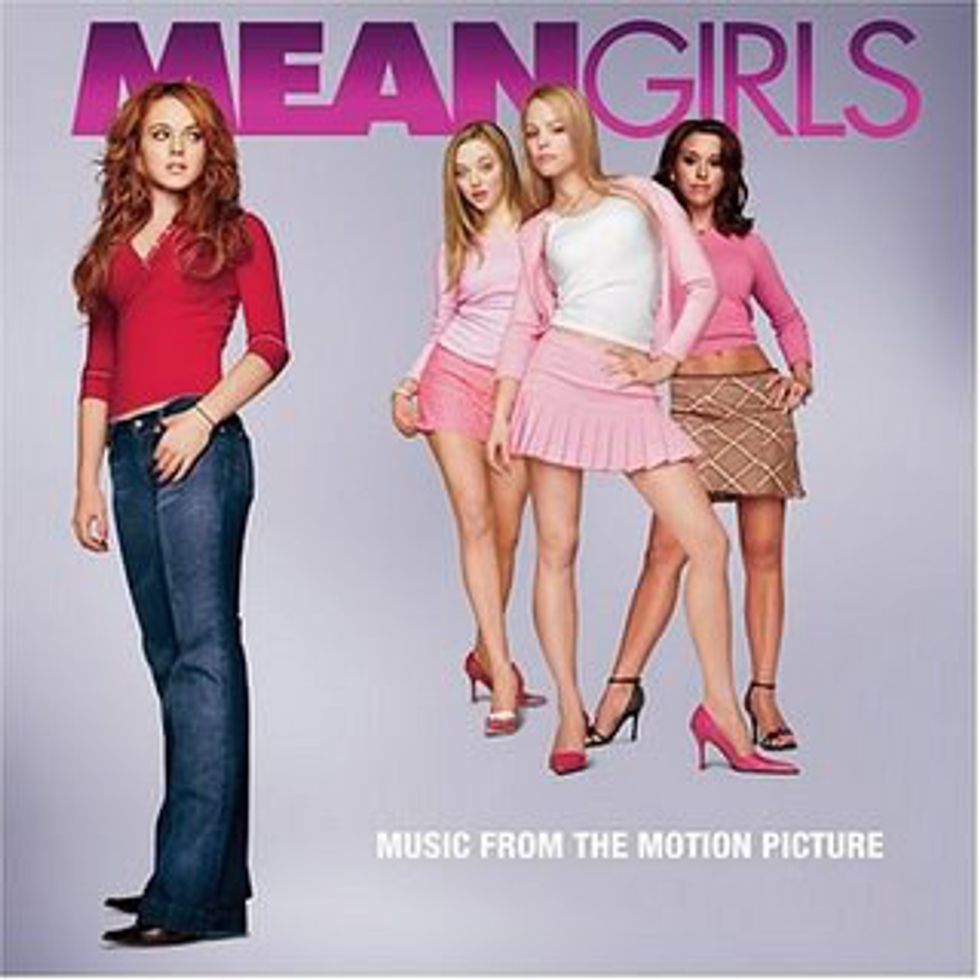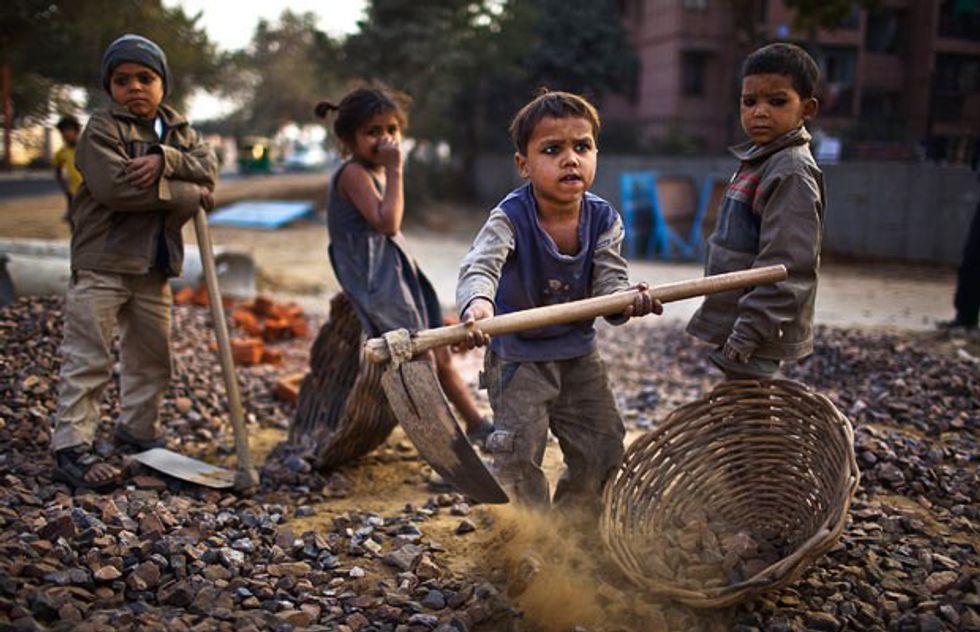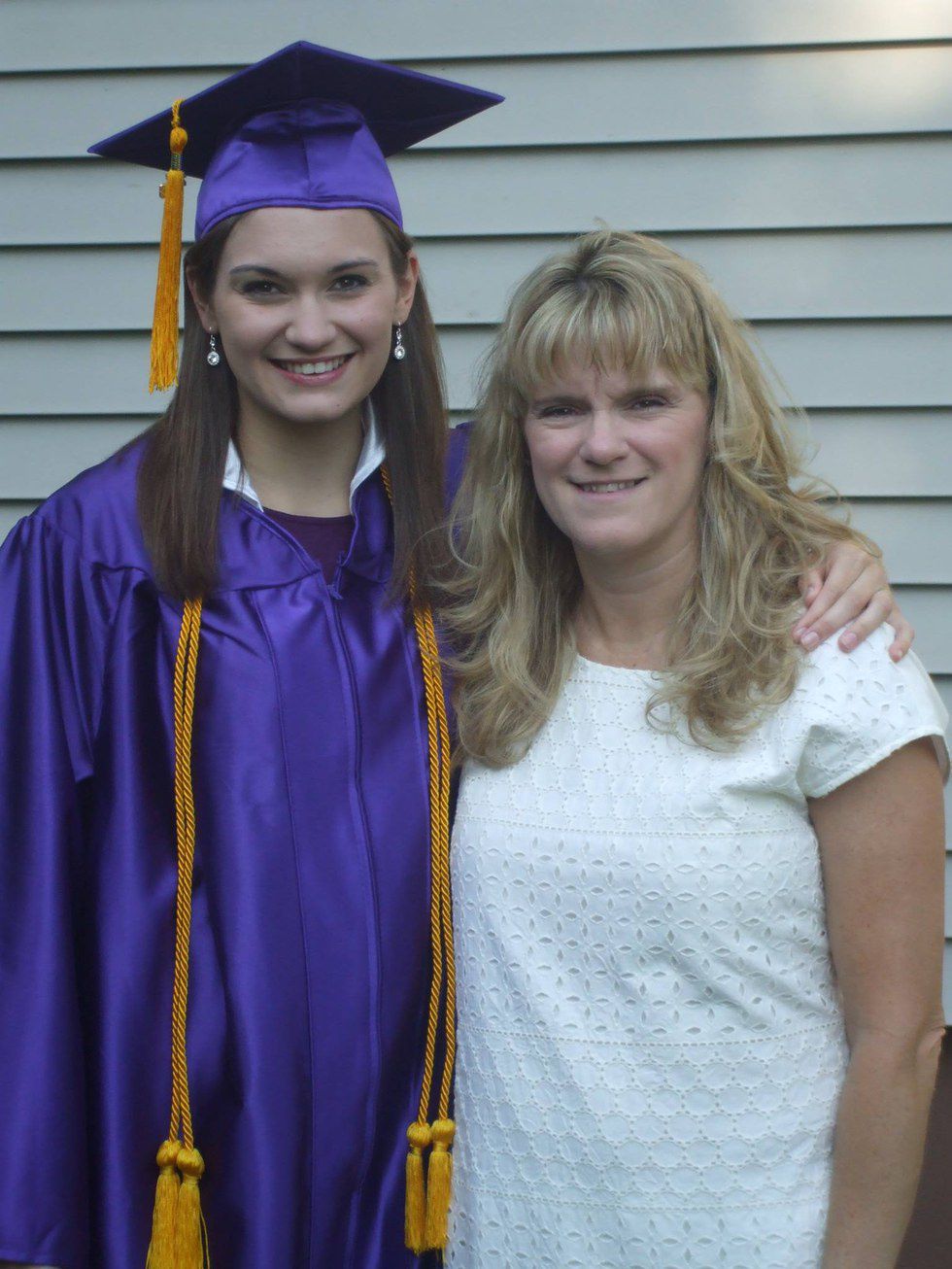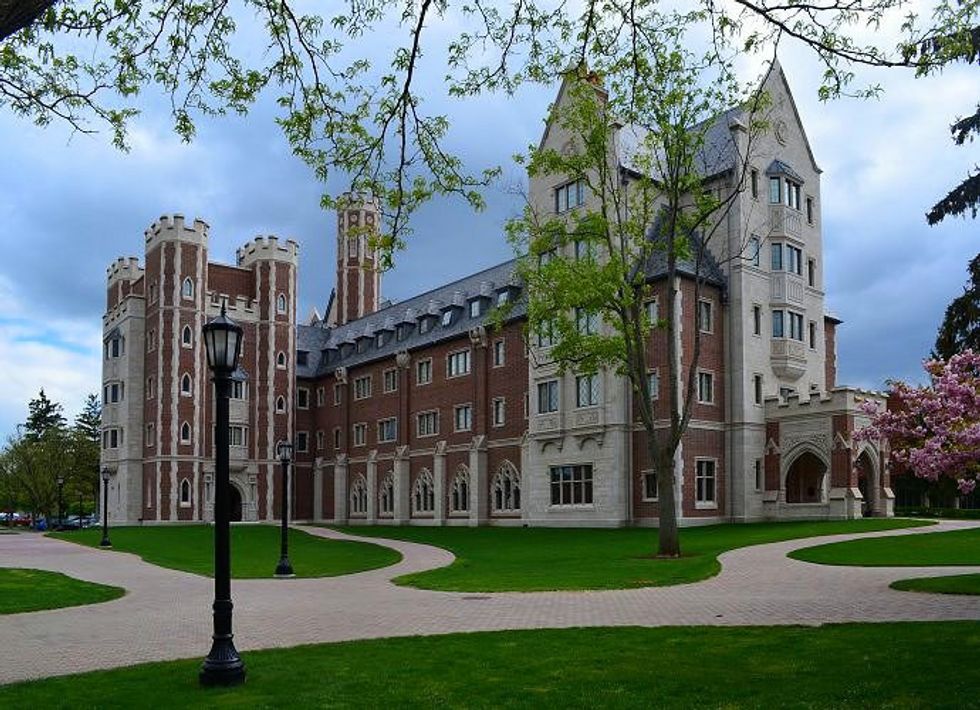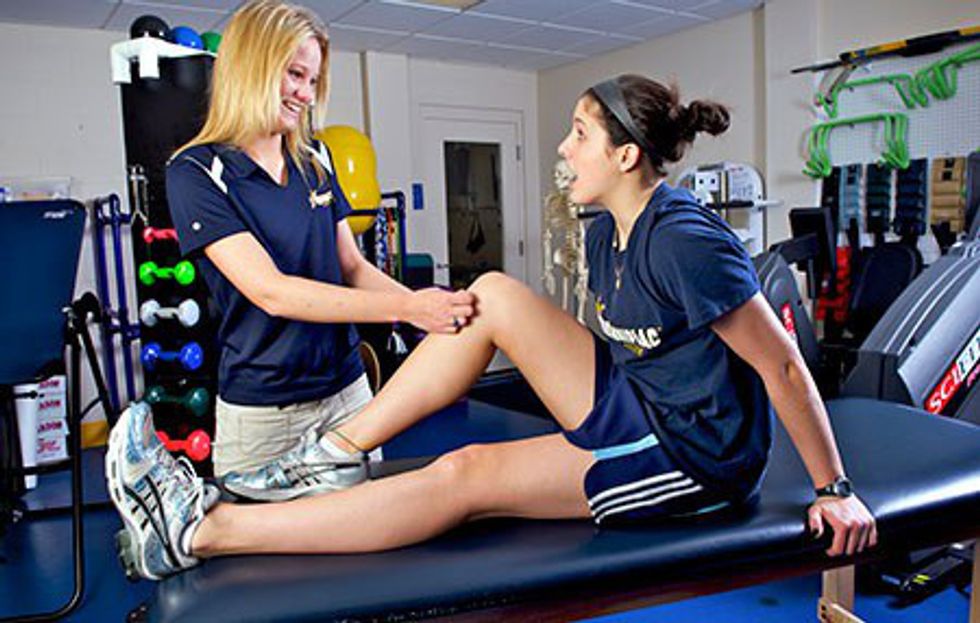I was talking with a second grader recently and I asked them, “If you could change anything about school, besides adding extra lunch or recess, what would you change?” He threw his arms up, shrugging as he said, “Ugh! Where do I start?!” He captures the current tone surrounding “education reform” perfectly.
“Reform! Reform! Reform! The system is broken! Less tests (stress)! More tests! Higher teacher pay! Smaller class sizes! More rigorous teacher training! Expansion of Teach For America! Growth over proficiency! Charter schools? School choice? Standards, standards, standards?” These are the all too familiar battle cries that can be easily spotted in any [“adult”] debate about education policy. “The system” as our complex funding and supervision structure for schools in the US is ominously referred, is constantly being pointed at with wagging fingers.
THE problem with the US education system is different depending on whom you ask. The answer to the question, “What does a better system look like?” is also likely to get a different response depending on who is asked. When looking for a model to base such a response on, though, it’s difficult to imagine a better starting point than Finland.
We’ve heard about Finland a lot in recent years when talk of education comes up. From Michael Moore’s journeyman documentary Where To Invade Next, or the Ivy League expert opinion of Linda Darling-Hammond, and certainly in our current polarized political conversations...Finland is often literally referred to as “the poster child of school improvement.”
As a young educator earning my M.Ed, education policy is interesting and relevant to me. Still, articles and books are only but so exciting. So I decided I wanted to take a trip and see these Finnish schools firsthand. This past April, I did. Here are some of my big takeaways.
“Sisu”
I landed in Helsinki on a Sunday, and on Monday, I joined a tour group of about twenty wonderful people from various places all over the world. As the youngest person on the tour, getting to learn from all of them while soaking in facts about Finland was, in a word: cool. Each day was filled with a tour of a school (preschool—university level), and then an afternoon workshop discussion.
Each school that we toured was certainly unique, but one of the things that was continually an early comment was “sisu.” Admit it, sisu is a fun word. Say it three times fast and you might even feel like beating on your chest, Jordan Belfort style. It’s a Finnish word that means "whatever it takes."
Doing whatever it takes is an idea that any teacher, school counselor, administrator, or anyone who spends considerable time in a school in the US is well aware of. Some of us might even think of a specific person in a school we know. Doing whatever it takes is seen in the teacher who spends their whole weekend lesson planning, or the school music teacher who spends 1/5th of their salary on supplies and instruments for their students. Doing whatever it takes is seen in the school counselor who spends lunch every day (their only free time of the day) eating with students because it's the only time they can meet with their small groups. Doing whatever it takes is seen in the teacher who spends countless hours after schools communicating with parents, grading assignments, or brainstorming ways to better help THAT student.
In Finland, the principals and assistant principals at the schools we visited described “sisu” more deeply than this, though. It’s not just an individual effort, it’s a systemic one. Education and health care have been top priorities in Finland, since the early 1980s. The country fully funds citizen's health care needs, education from Kindergarten through any desired level of University study, and funds large portions of preschool education. These efforts are supported by relatively high tax rates. Interestingly, very few Finnish citizens I spoke with expressed taking issue with this. They contend that it's simply part of their role in doing whatever it takes to support their country's future.
The people who work in the fields of education or health care are some of the most respected people in the country. The school is consistently referred to as a fixture in the community. Most of the schools are open after school hours for community use. Many of the school libraries are also community libraries. Parents trust their teachers, and teachers involve the parents in such consistent dialogue that complaints are only really found in a back and forth dialogue between people who are all on the same team. Teachers, parents, and administrators all have time to truly listen to one another and work together, and do so regularly.
Space, Time, & Trust
Fins seem to love their personal space. Just notice the space in between each person as they wait for their morning train out of Tampere. Respecting personal space and trusting the teachers are huge themes in the Finnish system. As the principal of the Kirkkojarvi lower-secondary school put it, “Ours is a system based on trust. Trust for the teachers, trust and empowerment of the students.”
The country no longer spends large sums of money on school inspections as they did decades ago to evaluate efficiency. The country only has one national standardized exam that is taken at the end of 12th grade before applying for colleges or entering the workforce. Any test that is given before then is done as a guiding tool for the teacher and students. Grades for assignments are not given out until a child is in third grade (nine or ten years old), and before then, “report cards” feature only comments from the teacher.
Teachers are paid for the time they spend lesson planning. Teachers and students have several breaks throughout the day. On average, after each 45-minute to an hour long lesson, the students have a fifteen minute break. This is for the benefit of the students, so they can have some downtime for free expression, to digest information, for physical activity, and to socialize freely with peers. In the above picture labeled Figure 2.10, you’ll notice the difference in total average teaching hours. On average, the teachers teach for less time and the students perform better on international assessments! Why? I encourage you to ask someone who spends considerable amounts of time in a school.
Foosball tables, shared seating areas, air-hockey, and lots of windows and open space are found all over the school for students to use during their breaks!
Children do not start kindergarten until seven years old. Before then, the focus is on learning through play, with very little emphasis on math skills or literacy. Throughout all grades, individualization and educating the “whole child” are big themes, but this is especially true for kindergarten. A kindergarten teacher we spoke with told us, “While we do focus a lot on math, reading, and speaking, most of my conversations with the children are about who they are, what they like, what skills they have, and what skills they want to work on.”
PISA, OECD & Equity
What is PISA? It’s not a delicious slice of bread covered in marinara and cheese. The Programme for International Student Assessment (PISA) is a worldwide study by the Organisation for Economic Co-operation and Development (OECD) in member and non-member nations of 15-year-old school pupils' scholastic performance on mathematics, science, and reading. These are the scores that are largely responsible for ranking countries’ educational systems; it’s also the number that the “quality” line of the above chart is illustrating.
Now that we know about half of this chart, let’s talk about equity. For anyone who’s never seen the analogy comparing equity and equality using boxes, imagine three friends of varying height attempting to look over a fence to watch a horse race (ignoring the equal/equitable rights argument for the horses here). Equality would be giving all three friends the same size box to stand on so that they can get closer to being able to look over the fence. With this example, the tallest friend is now able to see the horse race beyond the fence but the two shorter friends, depending on their original height, may not be able to. Equity would be giving each of the three friends the size box that they need in order to be able to look over the fence.
When we’re talking about schools (and specifically, this chart) equity refers to the correlations between where you live and the quality of school and access to resources you have.
Obviously, Finland’s government structure is very different from the US. This does not mean that we can’t learn anything from Finland’s approach to equity. When looking at the commentary surrounding the issue, you can almost hear Cuba Gooding Jr. pleading with his agent, “Show me the money!”
Former Secretary of Labor, current professor, writer, and sociopolitical commentator Robert Reich points out that in the US, “the wealthiest, highest-spending districts are providing twice, sometimes three times, as much funding per student as the lower-spending districts.”
The United States is one of only three out of thirty-four advanced nations surveyed by OECD whose schools serving higher-income children have more funding per pupil and lower student-teacher ratios than do schools serving poor students (US, Turkey, & Israel). As Andreas Schleicher, who runs the OECD’s international educational assessments, told the New York Times, “The vast majority of OECD countries either invest equally into every student or disproportionately more into disadvantaged students. The U.S. is one of the few countries doing the opposite.”
Curriculum Design
Harri Peltoniemi is the director of The Finnish Education Evaluation Centre (FINEEC), which does essentially what it sounds like it does—evaluate the operations of educational providers. This is done with those PISA scores, giving assessments at various grades via random sampling…you get the picture. He summarized the Finnish national curriculum for us as a “thinking curriculum for all students.” Peltroniemi also gave us two different outlines of the system, which he courteously allowed me to photograph and use. The emphasis is on the system, because outcomes are incredibly similar at each school across the county. “Every school is a high-quality school,” Peltoniemi reminds us, so students going to their community schools and private schools are “unnecessary”. If a school needs more support, more resources, etc., Peltoniemi reminds us, “Whatever it takes.”
Peltoniemi also emphasized the teacher training programs. Greater investments in teacher education began in the 1970s with the expectation that teachers would move from three-year training schools onto four or five year undergraduate and graduate degree programs. During the 1990s, the country shook up their teacher training again in order to incorporate a greater emphasis on teaching diverse learners higher-order skills like problem-solving and critical thinking in Master’s degree programs. Overall, the teacher training programs focus on skills in teaching, supporting the wellness of each student, and the number one characteristic they look for in teachers during interviews is “a willingness to learn”; the ultimate goal, according to Peltroniemi, is preparing teachers for “a well-respected research-based profession.”
Need More Evidence That School Is Cool In Finland?
Here's a lower-secondary school principal holding a guitar made by a 7th grader in their weekly woodworking class.
Here are two different cafeterias that double as auditoriums (the stages are found behind those sound-friendly movable walls).
Check out this one-of-a-kind scooter made by a few 11th grade students in the upper-secondary vocational school.
Did I mention Ping-Pong? Did I? Well…PING-PONG! Or table tennis, if you prefer...
I’ll conclude with this picture that allows for variations of natural light in the art room at the Kirkkojarvi school.
A lot of the things I’ve mentioned are not unfamiliar concepts to schools in the US. We have a lot of amazing schools here, but we also have some that leave communities wanting and needing more. I’ve seen firsthand some of the most incredibly passionate and creative educators willing to do whatever it takes to support their students. I’ve met parents that support their children’s schools and teachers with hours and hours of volunteering. Is money the problem? We spend approximately $10,000-$12,000 per student in the US. Finland spends approximately $8,000 per student. Is it where we spend the money? Is it a teacher recruitment/retention issue? Is it the increasing responsibilities and decrease in lesson-planning and energy-recuperating time that teachers are faced with? Is it the stress of standardized tests on teachers, parents, and students?
What’s the big difference? What is the one enlightening idea that I saw on my tour that we should take from the Finnish schools? To quote a wise second grader, "Ugh, where do I start?"
Sources:
PISA: http://www.oecd.org/pisa/aboutpisa/
Saving Capitalism written by Robert Reich (2015)

















